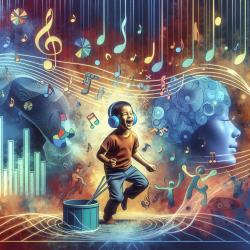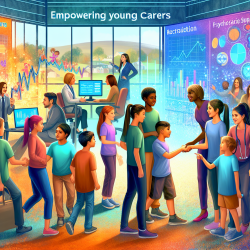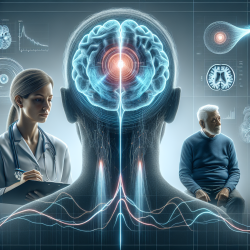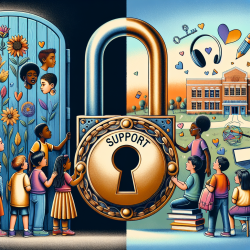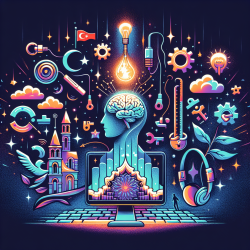The increasing prevalence of Autism Spectrum Disorders (ASDs) has prompted a surge in research focused on effective interventions. One promising area is the use of "music and movement" therapies, as highlighted in the review article, "A review of ‘music and movement’ therapies for children with autism: embodied interventions for multisystem development" by Srinivasan and Bhat (2013). This blog aims to help practitioners enhance their skills by implementing findings from this research and encouraging further exploration.
Understanding Multisystem Development
Children with ASDs often exhibit impairments across multiple systems, including social communication, motor skills, and behavioral regulation. Traditional interventions, such as Applied Behavioral Analysis (ABA) and Picture Exchange Communication Systems (PECS), focus primarily on social communication and academic skills. However, music and movement therapies offer a holistic approach that addresses these core deficits while also targeting perceptuo-motor and behavioral comorbidities.
Evidence-Based Benefits of Music and Movement Therapies
Research indicates that music-based interventions can significantly impact various developmental domains in children with ASDs:
- Communication Skills: Active music therapies, such as singing and music-making, have been shown to improve both verbal and non-verbal communication skills. Studies reveal that children with ASDs demonstrate enhanced pitch perception and memory, which can be leveraged to facilitate language development.
- Social-Emotional Development: Group musical activities foster social cooperation, shared purpose, and empathy. Engaging in synchronous musical activities can improve eye contact, joint attention, and emotional understanding in children with ASDs.
- Motor Skills: Rhythmic actions and playing musical instruments can enhance both gross and fine motor skills. Although specific studies on children with ASDs are limited, evidence from other populations suggests that music-supported therapies can improve motor coordination and timing.
Practical Recommendations for Clinicians
To maximize the benefits of music and movement therapies, clinicians should consider the following recommendations:
- Active Participation: Emphasize active involvement through singing, music-making, and rhythmic actions rather than passive listening.
- Socially Embedded Activities: Incorporate dyadic, triadic, or group-based activities to promote social interaction and cooperation.
- Structured Content: Develop well-structured content that aligns with the specific needs of each child.
- Repetition and Reinforcement: Ensure frequent practice and provide positive reinforcement to facilitate learning and skill generalization.
- Natural Settings: Conduct interventions in natural environments, such as home or school, to enhance ecological validity and generalization.
Future Directions
While current evidence supports the efficacy of music and movement therapies, further research is needed to establish standardized protocols and validate outcomes through larger clinical trials. Clinicians and researchers are encouraged to utilize objective and subjective assessment tools to measure the multisystem effects of these interventions.
To read the original research paper, please follow this link: A review of “music and movement” therapies for children with autism: embodied interventions for multisystem development.
